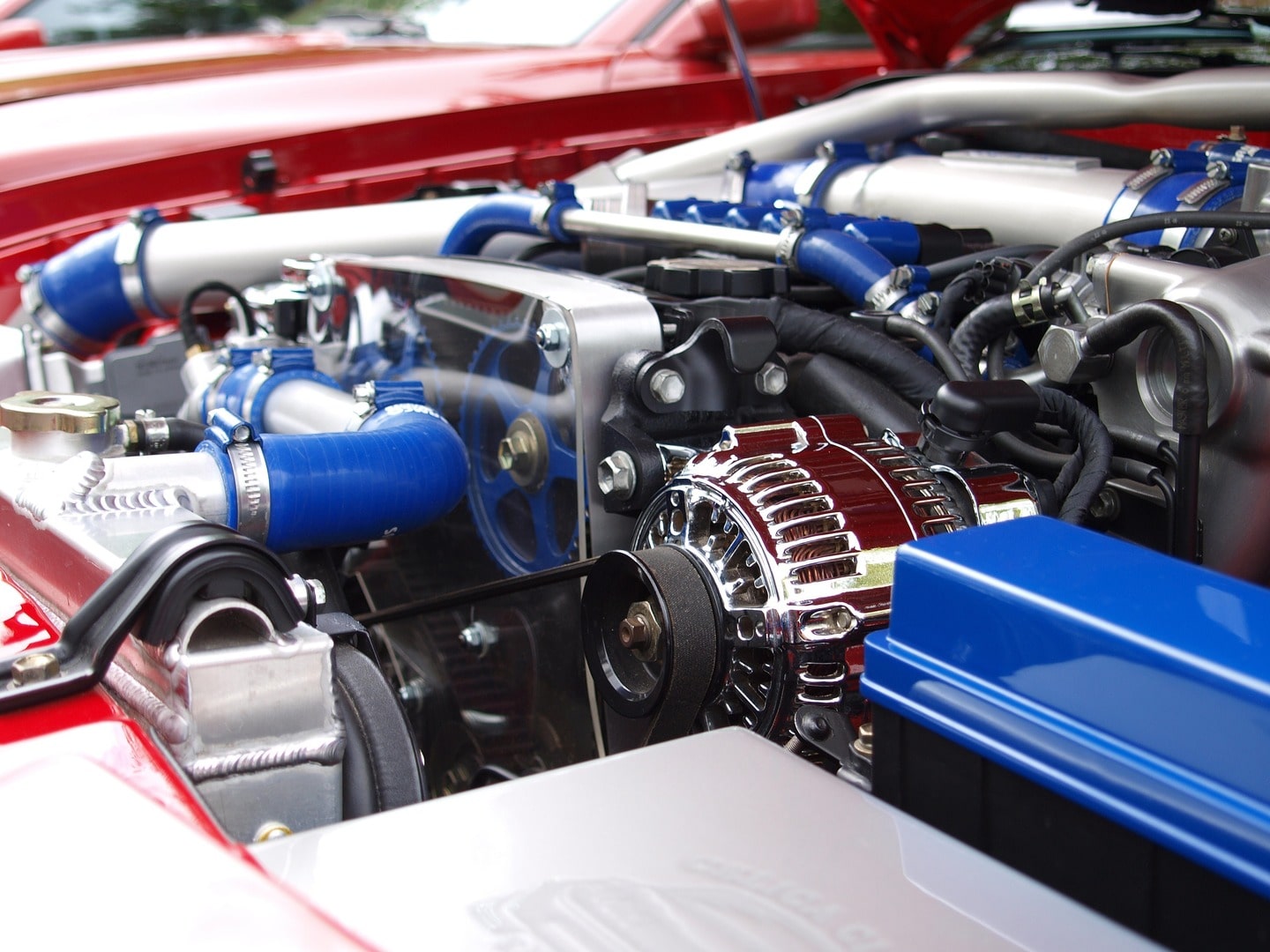Australia’s economy grew at its weakest pace in a year last quarter as strength in trade was offset by rising interest rates and high inflation, and all the signs are a further slowdown lies ahead.
Indeed, without the sizeable contribution from trade, the economy would actually have contracted in the December quarter as rising prices eroded consumer purchasing power and led them to save less. Data from the Australian Bureau of Statistics (ABS) on Wednesday showed real gross domestic product (GDP) rose 0.5% in the December quarter, compared to 0.7% in the previous quarter and under forecasts of 0.8%.
The soft result saw three-year bond futures blip up 8 ticks to 96.470 , while the dollar briefly dipped .
Annual growth was still solid at 2.7%, and the report contained plenty of evidence of cost and price pressures that underline the case for yet further increases in interest rates in the struggle against inflation.
Domestic prices rose at the strongest annual pace since early 1990, with services inflation stoked by a shortage of skilled workers and rising labour costs.
Separate data from the ABS showed its monthly indicator of consumer prices rose a smaller-than-expected 7.4% in the year to January, but that was still the second-highest reading on record.
SAVING LESS
Price pressures have led the Reserve Bank of Australia (RBA) to raise its cash rate by 325 basis points since last May, taking it to a decade-high of 3.35% and flagging more to come.
Markets are wagering rates will keep climbing to peak around 4.35% in the middle of the year.
Mortgage payments surged 23% in the quarter as rates jumped, while household savings as a share of income shrank to a five-year low of 4.5%, from 7.1% in the September quarter.
The pullback in savings means consumers have less of a buffer to maintain spending in the year ahead.
“Interest rates are biting. Higher inflation has been biting,” Treasurer Jim Chalmers said in a media briefing.
“I’m confident the worst of inflation is behind us rather than ahead of us.”
Yet there are also signs high borrowing costs are working to restrain demand.
Household consumption rose only a meagre 0.3% in the December quarter, with a drop in spending on clothing, recreation and furniture and electronics.
Economic output excluding international trade actually fell 0.5% in the quarter, the first contraction since pandemic lockdowns shuttered much of the economy.
“Domestic demand stalled in the December quarter, the weakest result outside of a lockdown period since June 2014,” said Andrew Hanlan, a senior economist at Westpac. “This indicates that the economy hit a soft spot at the end of 2022.”



